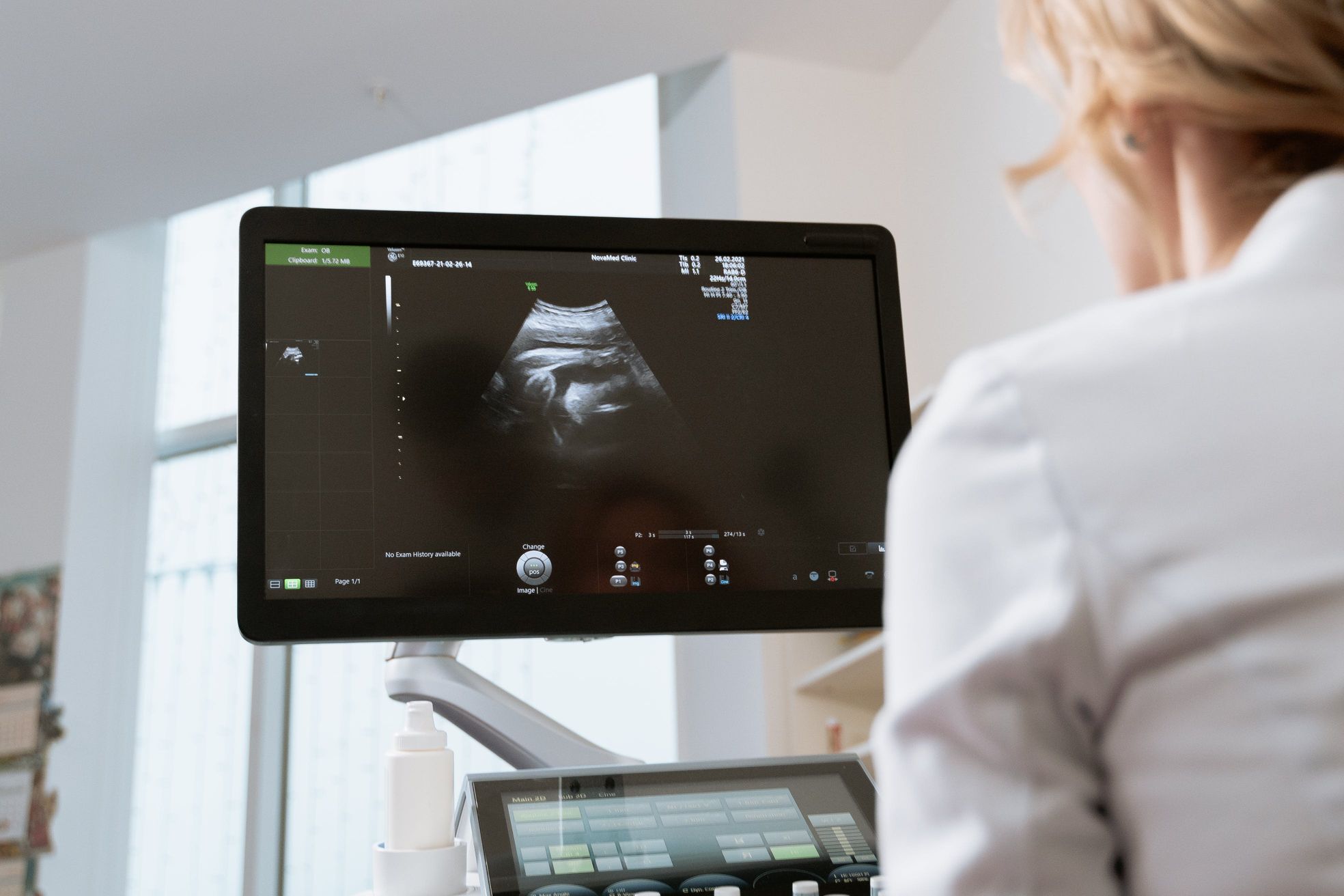Summary
In the field of diagnostic medicine, healthcare professionals often encounter diagnostic problems when faced with complex case presentations. These problems can be both challenging and rewarding, requiring a combination of critical thinking, problem-solving skills, and a multidisciplinary approach to arrive at an accurate diagnosis and treatment.
Identify diagnostic dilemmas:
Atypical symptoms:
Patients may present with symptoms that do not fit the typical diagnostic profile. For example, a patient with chest pain may not have the expected risk factors for heart disease.
Unclear test results:
Sometimes diagnostic tests give unclear or conflicting results. In such cases, health professionals must interpret the information carefully.
Rare diseases:
Rare or previously undocumented diseases can cause diagnostic problems because healthcare providers may not be familiar with the presentation of the disease.
Complex medical histories:
Patients with a complex medical history, including multiple comorbidities. condition comes with diagnostic challenges due to the interaction of various factors.
Solving diagnostic problems:
Multidisciplinary collaboration:
To solve complex cases, it is often necessary to involve experts from different fields. Each expert can contribute their knowledge and perspectives, resulting in a more comprehensive evaluation.
Additional tests:
In many cases, ordering additional tests or imaging studies can help clarify the diagnosis. Advanced imaging techniques or genetic testing can reveal important information.
Patient and Physician Review:
A detailed review of the patient and medical history can reveal hidden clues that may have been missed initially.
Patient input:
Patient involvement in the diagnostic process can be valuable. Patients can provide information about their symptoms, experiences, or family history that can help with diagnosis.
Research and consultation:
Healthcare providers should be prepared to review the medical literature and seek advice from colleagues or experts in the field. Collaborative problem-solving can lead to breakthroughs in understanding complex cases.
For rare diseases:
When faced with rare diseases, it is very important to remain open to the possibility of an unusual diagnosis. Rare diseases exist and early diagnosis can make a big difference in patient outcomes.
Ethical and patient care:
Balancing diagnosis and patient well-being is critical. In some cases, managing symptoms and providing palliative care may be more important than finding a definitive diagnosis.
In summary, diagnostic problems are an integral part of the medical field, which leads health professionals to think critically, collaborate, and commit to patient-centered care. Solving complex case presentations requires in-depth medical knowledge, advanced testing, interdisciplinary collaboration, and sometimes even a touch of intuition. By skillfully framing diagnostic problems, healthcare providers improve patient outcomes and enhance the practice of diagnostic medicine.










